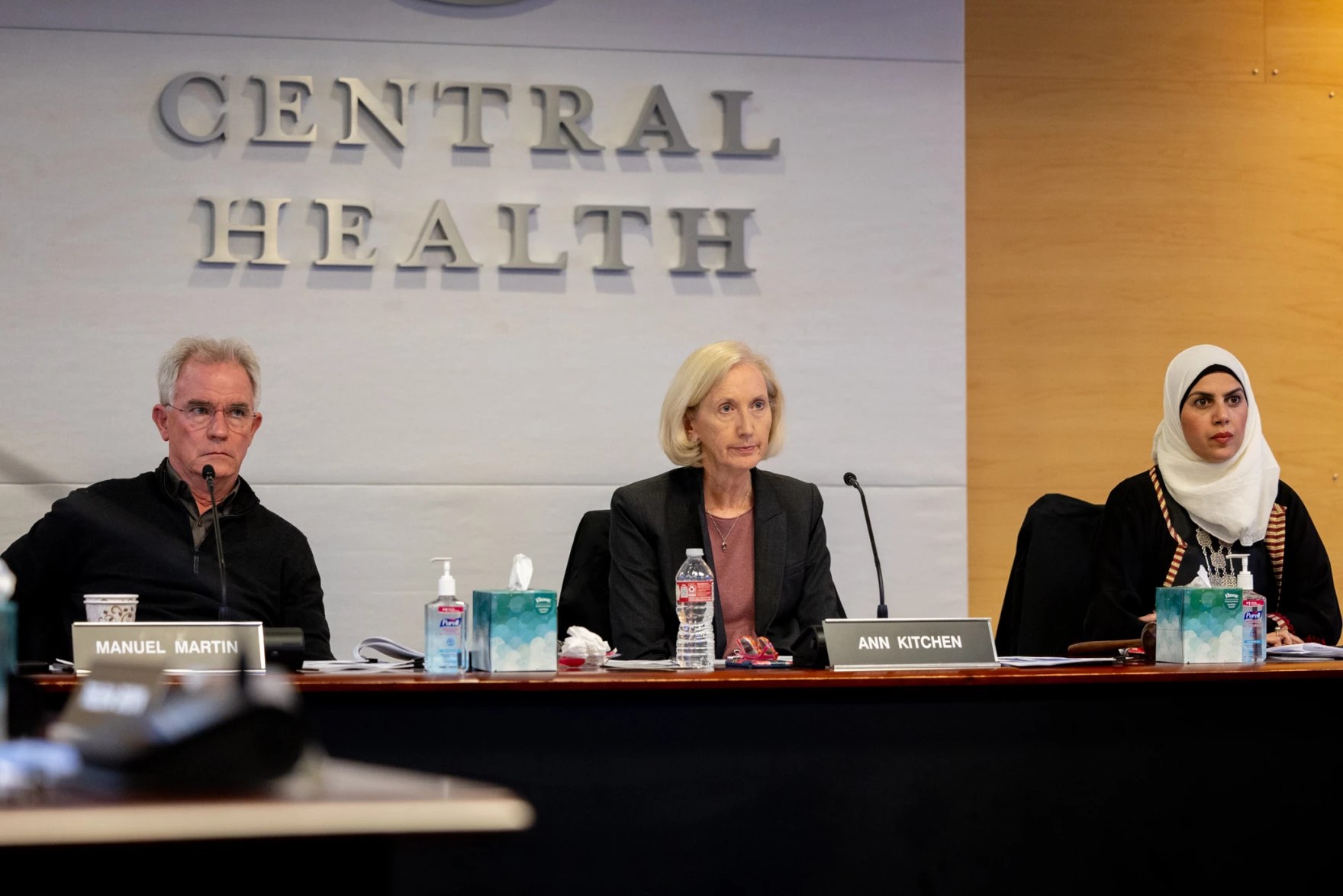Travis County commissioners have recently approved a substantial annual budget of $875 million for Central Health, the local public hospital district, which will also involve a notable increase in the tax rate. This budgetary decision comes amid changes in federal funding that have pressured local health services and necessitated adjustments to maintain care for low-income and indigent residents.
Central Health’s adjusted tax rate is now set at 11.8 cents per $100 of property valuation, representing a more than 9% increase from the previous year. Homeowners in Travis County can expect an average increase of approximately $64 on their property tax bills, with roughly 5% of these taxes directed towards Central Health. The financial adjustments are seen as essential to offset federal budget cuts that have impacted service availability.
At a recent meeting, Central Health’s board treasurer, Maram Museitif, stated that raising taxes was a difficult but necessary decision, resulting from the adverse effects of federal policies on local healthcare services. As these federal budgets tighten, local officials find themselves with limited options to ensure the continuity of health services.
In tandem with Central Health’s tax rate increase, the Travis County general tax rate has also been raised to address the financial aftermath of catastrophic flooding in July. These rate changes reflect a broader trend of local governments grappling with the challenges of providing essential services amid fluctuating federal support.
Navigating the Health Landscape
Over the past year, Central Health has worked closely with its partner organization, CommUnityCare, which primarily manages clinical care funded by Central Health. Following a contentious period regarding the leadership role within CommUnityCare, Dr. Nicholas Yagoda was appointed as the CEO. This leadership consolidation aims to foster a more unified image among the three linked organizations: Central Health, CommUnityCare, and Sendero Health Plans.
For the first time, Central Health submitted a consolidated budget request for all three entities, totaling over $1.1 billion. This collaborative approach is anticipated to expand access to services, with Central Health aiming to serve 209,000 individuals and facilitate over 1.2 million clinical visits in the upcoming year.
In line with its budget philosophy branded as “the year of access,” the agency plans to enhance its healthcare offerings and bridge existing gaps in care. This budget allocates nearly $434 million for direct healthcare services, marking an increase of more than $80 million from last year, aligning with the strategic goal to bring more healthcare services under the umbrella of Central Health.
A key aspect of this budget is its emphasis on addressing the adverse effects of recent federal budget cuts on local organizations. Travis County Commissioner Brigid Shea emphasized the importance of community awareness regarding the implications of these cuts, pointing out that Central Health is proactively stepping in to maintain essential healthcare services.
Among the innovative funding allocations is $1.2 million designated for Foundation Communities, a partner organization that lost a significant federal grant earlier this year. Funds have also been earmarked for a pilot initiative to assist local food industry employees with health insurance enrollment, showcasing Central Health’s commitment to serving diverse community sectors.
Navigating Tensions with Dell Medical School
Despite the overall budget approval, discussions surrounding Central Health’s annual $35 million payment to the University of Texas at Austin’s Dell Medical School have been contentious. Some board members expressed concerns over a lack of transparency regarding the medical school’s use of these funds, especially relating to healthcare provision for low-income residents.
The complexities of Dell Medical School’s relationships with partner organizations further complicate matters. Central Health’s CEO, Pat Lee, assured the board that a comprehensive account of the funding’s impact would be presented in future updates.
Moreover, the decision to support the medical school comes amidst internal debates over its approach to diversity, equity, and inclusion initiatives. Although a majority of the board backed the funding, Board Manager Shannon Jones indicated that mixed sentiments should signal UT Austin about the board’s concern and desire for accountability.
In defense of the relationship with Dell Medical School, Central Health Chair Ann Kitchen highlighted ongoing communication, expressing optimism about future collaboration.
Looking Ahead: The Future of Central Health Funding
The recent budget deliberations in Travis County reflect growing challenges in public health funding, particularly in the context of federal policy changes. As local government agencies strive to ensure the availability of essential health services, the dynamic between tax rates, budget allocations, and community needs calls for continued oversight and dialogue.
The strategic decisions made by Central Health and the county commissioners will undoubtedly shape the future landscape of healthcare access for Travis County residents. Balancing the need for revenue to sustain healthcare services while addressing growing concerns over transparency and accountability will require a concerted effort from all stakeholders involved.
Central Health’s proactive steps to brand its initiatives as the “year of access” indicate a commitment to transparency and service expansion in the wake of federal budget cuts. As the organization navigates the complexities of funding allocation, its ability to engage with partner organizations and the community will be critical in meeting the health needs of an increasingly diverse population in Travis County.
In conclusion, the budgetary decisions made by Travis County related to Central Health signify not only a response to immediate financial pressures but also a broader strategy to safeguard healthcare accessibility for vulnerable populations amidst challenging fiscal climates. As these dynamics evolve, community engagement and transparent governance will be paramount in shaping the future of health services in Travis County.
Source link








